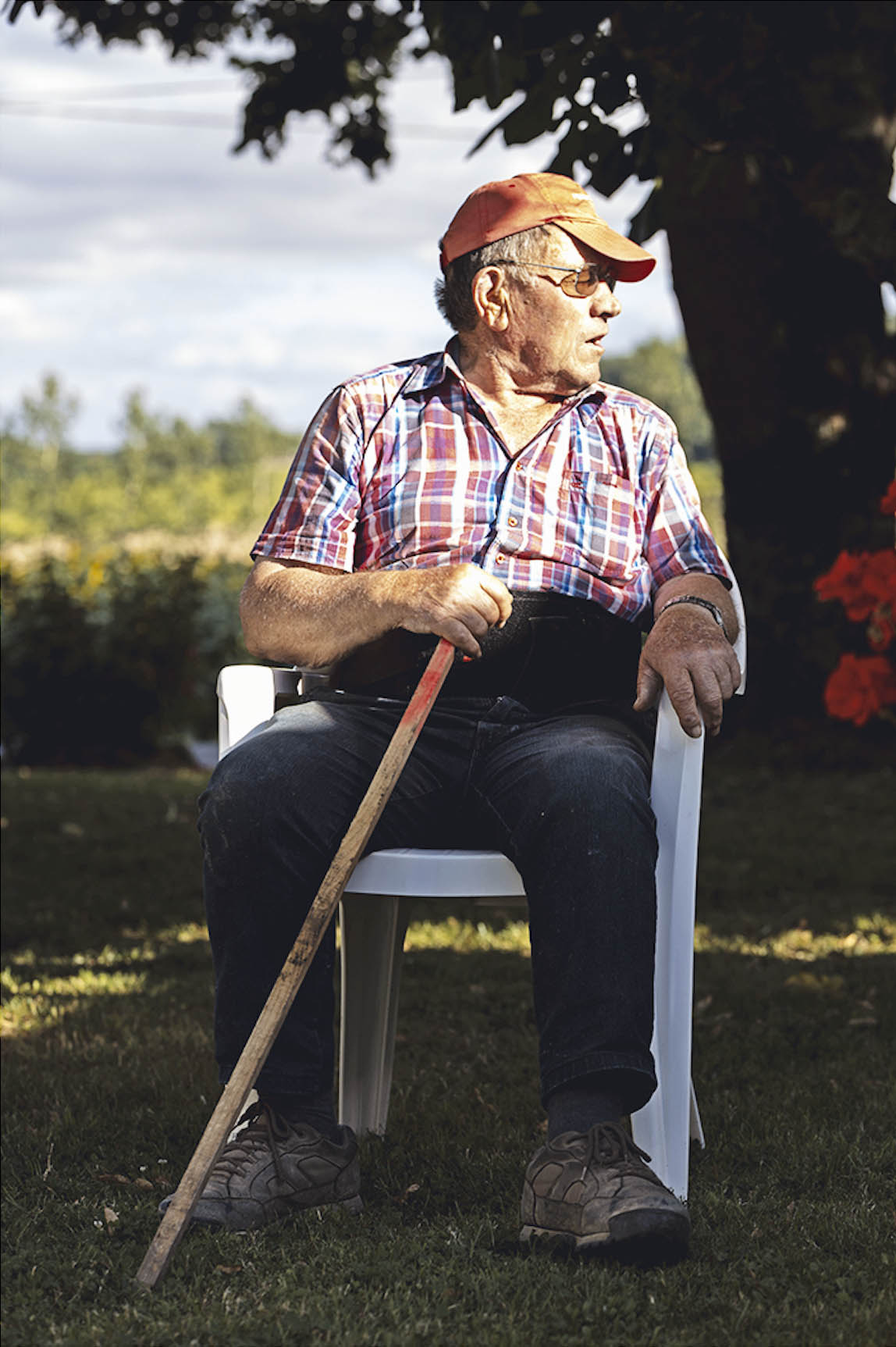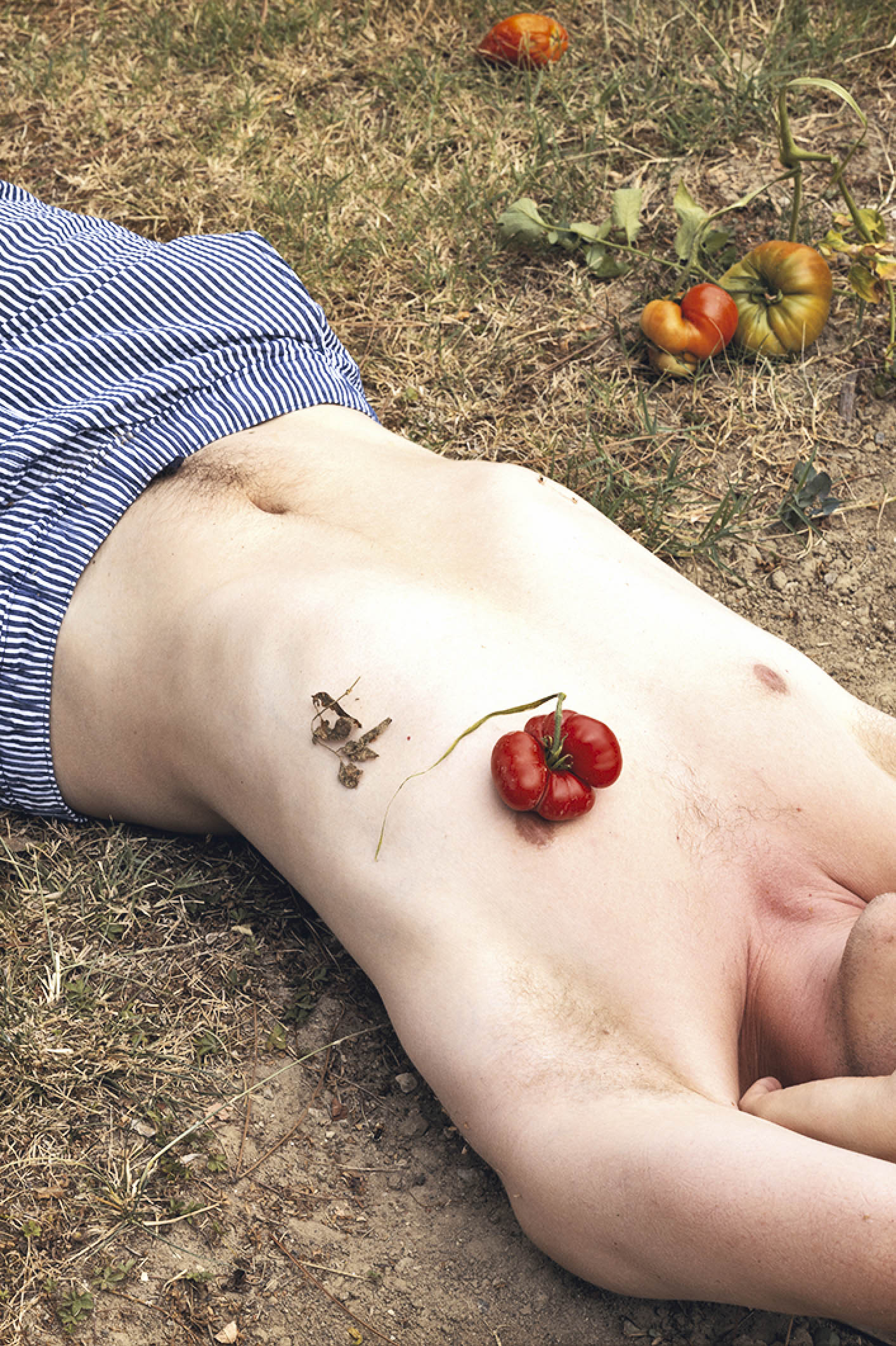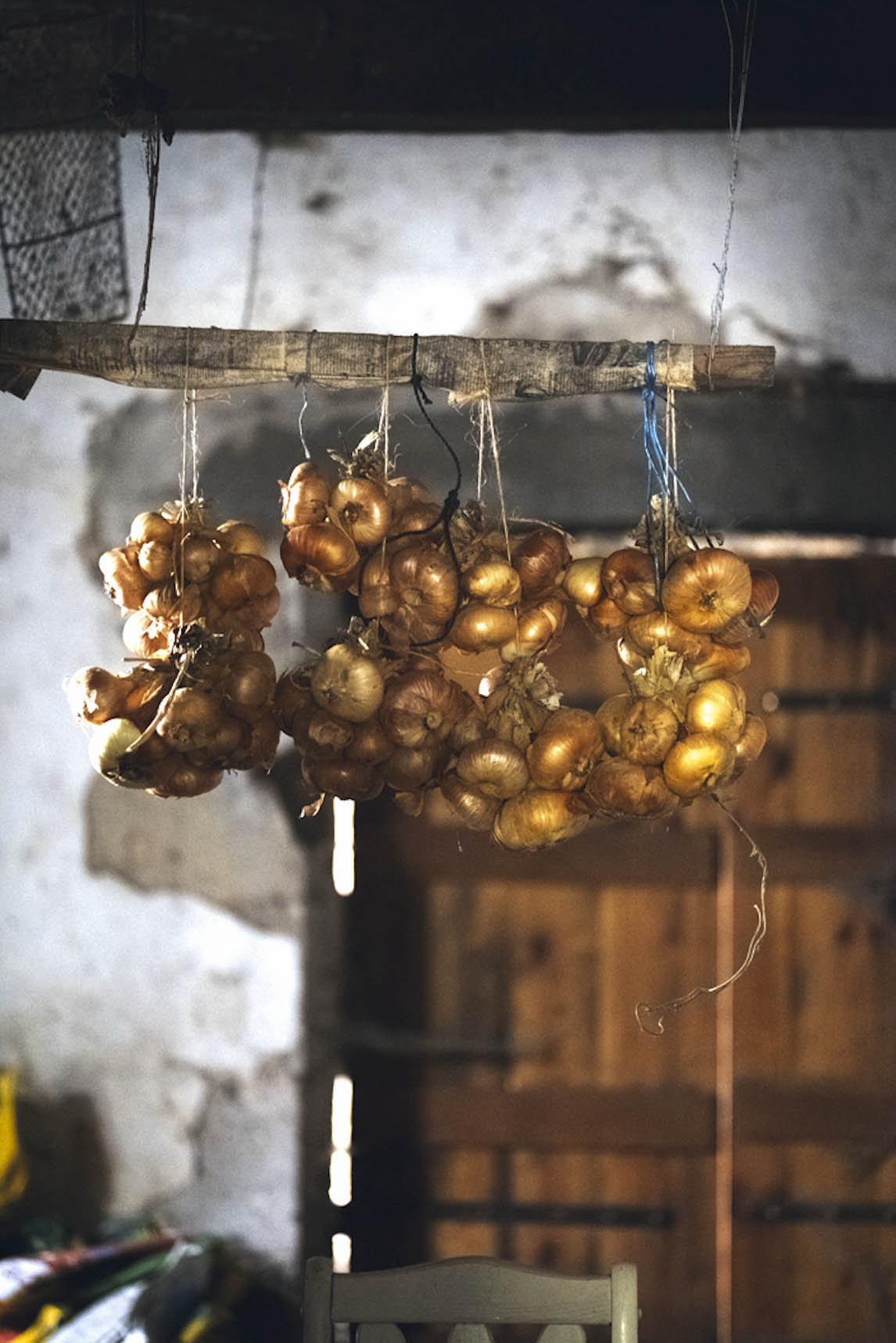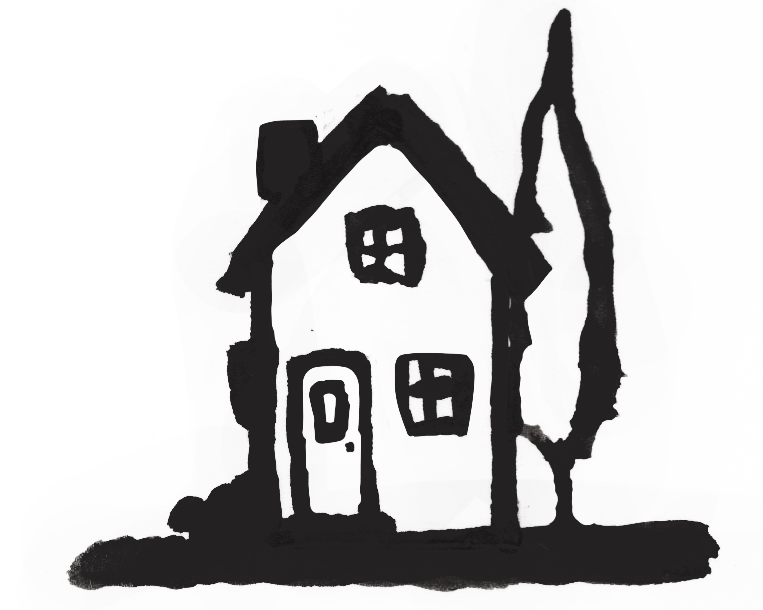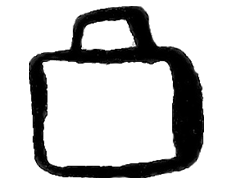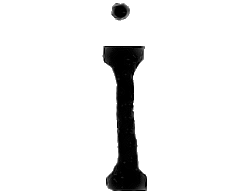GASCOGNE
Série de 30 tirages lambda sur papier haute réflexion Fujiflex 250g, dimentions variables, 2020.
Gascogne est un reportage photographique sur une exploitation agricole située dans un petit village de moins de 200 habitants dans le Sud-Ouest de la France.
Cet endroit a été une source d’inspiration pour des prises de vues documentaires mais aussi idylliques sur un lieu qui demeure principalement un lieu de production alimentaire : des champs de tournesols, maïs, vignes et soja, parsemés de bâtiments historiques remarquables et délaissés pour la plupart.
Le château fortifié situé sur les hauteurs du village domine les terres environnantes. Il conserve le souvenir d’une société qui a été longtemps réglementée par un système de châtellenie et, jusqu’au siècle dernier, par le métayage.
Il n’est pas rare là-bas d’entendre les gens parler d’une opposition presque ontologique entre «paysans» et «châtelains» encore aujourd’hui.
Cet important héritage social s’intègre dans un présent où une révolution des habitudes de production et de consommation alimentaires est en cours et où on voit également un phénomène de retour à la campagne.
De part sa position géographique isolée et le tissu social singulier, ce village est le sujet d’une fresque photographique intimiste et sociale. La série est envisagée comme étant un état des lieux possible du complexe monde paysan.
Des familles soudées qui travaillent ensemble, l’état d’esprit d’entre-aide accentué par la petite taille de la communauté et la douceur du paysage contrastent avec un passé pauvre à la hiérarchie sociale inflexible, ainsi qu’avec l’apparence massive des outils agricoles, la cruauté de la pratique de la chasse et la notion même de culture intensive.
En partant de ces considérations hétérogènes et à travers une forme de narration décousue le travail photographique témoigne de la vie des habitants et de leur environnement.
Gascogne is a photographic reportage on a farm located in a village of less than 200 inhabitants in southwestern France. In this area the activities are mainly dedicated to food production: the landscape is characterized by vast fields of sunflowers, corn, soybeans and vineyards in which semi-abandoned buildings of considerable historical importance are scattered.
A fortified castle on the hill of the village dominates the surrounding houses and fields, preserving the memory of a society that has long been regulated by castellany and, until the last century, by the practice of sharecropping.
Even today it is not uncommon to hear from inhabitants an almost ontological opposition between "villagers" and "castellans". This important social heritage is integrated into a present in which we are witnessing a revolution in the methods of food production and consumption, as well as a massive return of the population to the countryside.The isolated geographical position and the peculiar social fabric are the subject of a private and public photographic fresco, conceived as a study on the complex village world.
The series is composed of both documentary and idyllic images.
The population’s spirit of community - united families who work together - and the beauty of the landscape contrast with a poor and extremely hierarchical past, with the cruelty of hunting practices, with the imposing appearance of agricultural machinery and the very notion of intensive farming.
Starting from these suggestions, through a fragmentary narrative, the photographic work reveals itself as a testimony of the life of the inhabitants and their environment.

